How to Develop a Stretching Routine for Dancers and Athletes
Stretching is an essential part of any physical activity, especially for dancers and athletes. It helps to improve flexibility, enhance performance, and prevent injuries. However, developing an effective stretching routine can be challenging, especially if you are new to the practice.
In this article, we will guide you through the process of developing a stretching routine that is tailored to your needs as a dancer or athlete. We will cover the different types of stretches, the benefits of stretching, and how to incorporate stretching into your daily routine.
The Benefits of Stretching
Stretching has numerous benefits for dancers and athletes. Some of these benefits include:
- Improved flexibility and range of motion
- Reduced risk of injury
- Enhanced performance
- Reduced muscle soreness and stiffness
- Improved posture and balance
The Different Types of Stretches
There are several types of stretches that you can incorporate into your routine, including:
- Static stretching
- Dynamic stretching
- Active stretching
- Passive stretching
How to Incorporate Stretching into Your Daily Routine
Stretching should be a regular part of your daily routine as a dancer or athlete. To incorporate stretching into your routine, consider:
- Setting aside time each day for stretching
- Warming up before stretching
- Incorporating different types of stretches into your routine
- Focusing on areas of the body that are prone to injury
| Note: | Consult with a healthcare professional before starting any new stretching routine, especially if you have a history of injuries or medical conditions. |
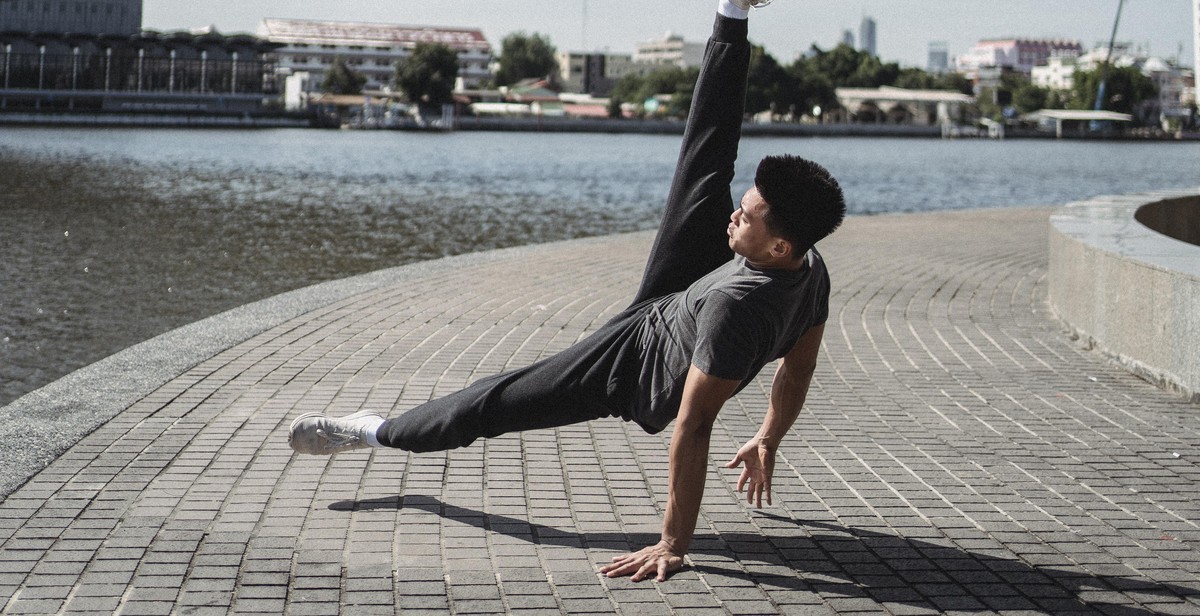
Why is Stretching Important for Dancers and Athletes?
Stretching is an essential component of any dancer or athlete’s training regimen. It is a practice that involves lengthening and loosening the muscles to increase flexibility and range of motion. Stretching is especially important for dancers and athletes because it helps them to perform at their best and avoid injuries.
Improves Flexibility and Range of Motion
Stretching is crucial for dancers and athletes because it improves flexibility and range of motion. When the muscles are stretched, they become more pliable and can move through a greater range of motion. This increased flexibility and range of motion can improve performance and help to prevent injuries. For dancers, stretching can help them to achieve more significant extensions, higher kicks, and better turns. For athletes, stretching can improve their agility, speed, and overall performance.
Reduces the Risk of Injury
Stretching is also important for reducing the risk of injury. When muscles are tight and inflexible, they are more prone to injury, especially when subjected to sudden and intense movements. Stretching helps to warm up the muscles and prepare them for physical activity. It also helps to increase blood flow to the muscles, which can reduce muscle soreness and prevent injuries. By incorporating stretching into their training regimen, dancers and athletes can reduce their risk of injury and stay healthy and active for longer.
In conclusion, stretching is an essential practice for dancers and athletes. It improves flexibility and range of motion, which can enhance performance, and it reduces the risk of injury. By developing a regular stretching routine, dancers and athletes can improve their overall physical fitness and achieve their goals.
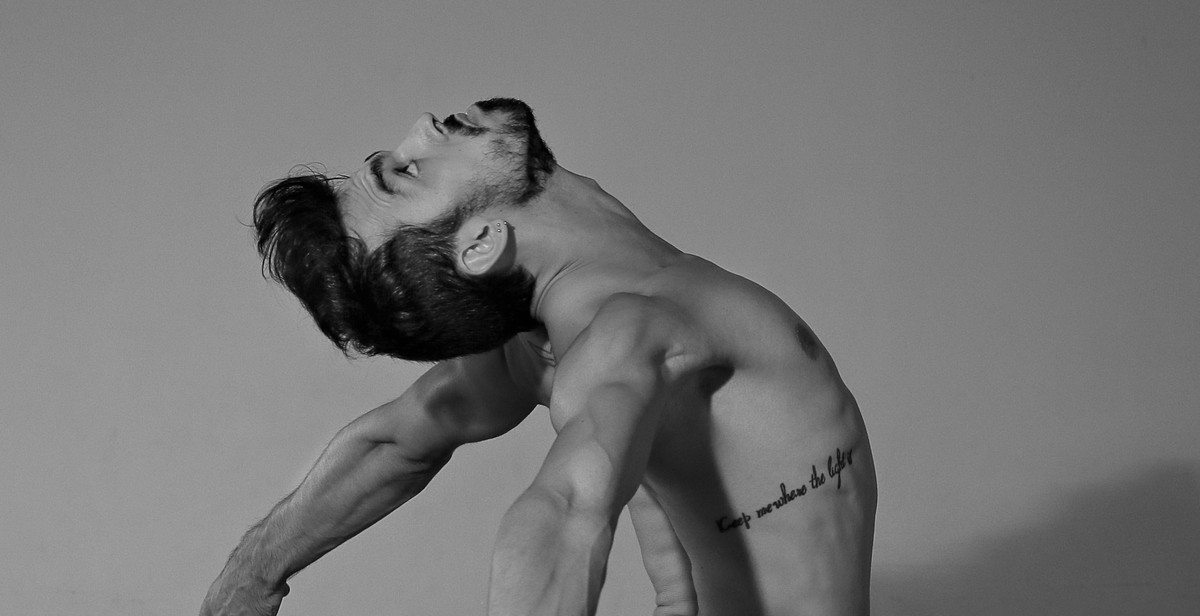
How to Develop a Stretching Routine for Dancers and Athletes
Stretching is an essential part of any dancer or athlete’s routine. It helps prevent injury, increase flexibility, and improve performance. However, developing a stretching routine can be challenging. Here are some tips to help you develop a stretching routine that works for you.
1. Start with a Warm-up
Before you begin stretching, it’s essential to warm up your muscles. A warm-up can be as simple as a light jog or jumping jacks. The purpose of a warm-up is to increase blood flow to your muscles and raise your core body temperature. A warm-up prepares your body for the stretching that will follow.
2. Focus on Major Muscle Groups
When developing your stretching routine, focus on stretching the major muscle groups, such as your hamstrings, quadriceps, and hip flexors. These muscles are essential for dancers and athletes and are often the most prone to injury.
3. Use Dynamic Stretching Techniques
Dynamic stretching involves moving your muscles through a full range of motion. It’s an effective way to warm up your muscles and prepare them for the demands of your sport or activity. Examples of dynamic stretching techniques include leg swings, lunges, and high knees.
4. Incorporate Static Stretching
Static stretching involves holding a stretch for a period, typically 30 seconds or more. It’s an effective way to increase flexibility and improve range of motion. Examples of static stretching techniques include hamstring stretches, quad stretches, and hip flexor stretches.
5. Don’t Forget to Cool Down
After you’ve finished your workout or activity, it’s essential to cool down your muscles. A cool-down can be as simple as a light jog or walking. The purpose of a cool-down is to gradually decrease your heart rate and blood pressure and prevent blood from pooling in your legs.
In conclusion, developing a stretching routine takes time and effort. By following these tips, you can develop a stretching routine that works for you and helps you achieve your goals. Remember to listen to your body and adjust your routine as needed.
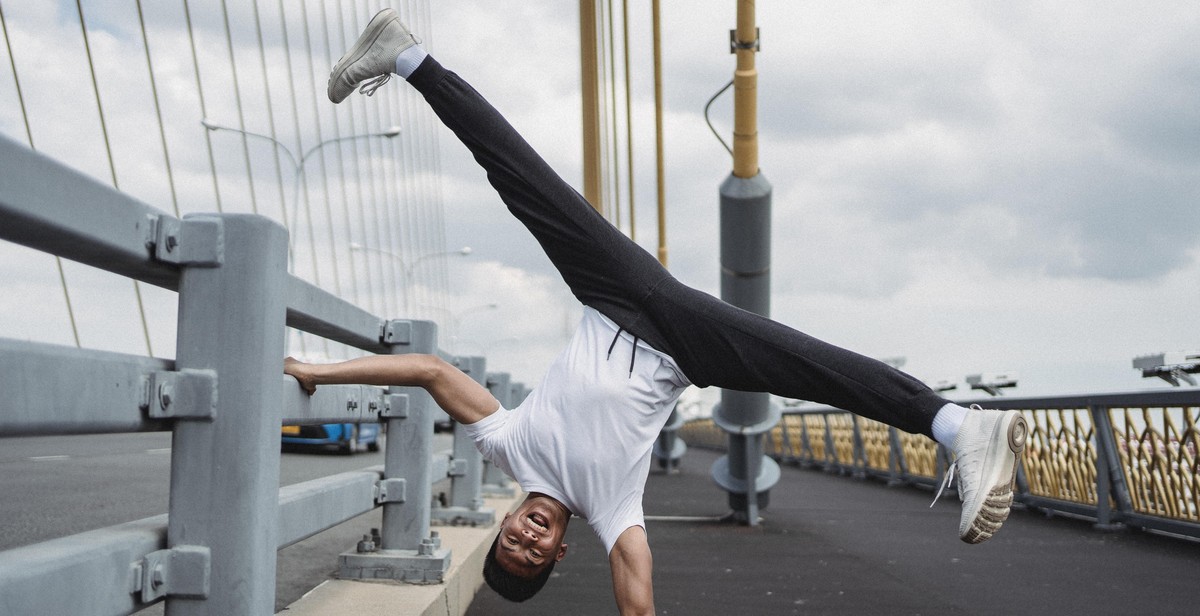
Sample Stretching Routine for Dancers and Athletes
Stretching is an essential part of any dance or athletic routine. It helps to increase flexibility, prevent injury, and improve performance. Here is a sample stretching routine that can be used by dancers and athletes:
Warm-up: 5-10 minutes of light cardio
Before starting any stretching routine, it is important to warm up the body. This can be done with 5-10 minutes of light cardio such as jogging, jumping jacks, or skipping. The purpose of the warm-up is to increase blood flow to the muscles and prepare them for stretching.
Dynamic Stretching: 10-15 minutes of active stretching
Dynamic stretching involves moving the body through a range of motion to warm up and stretch the muscles. This type of stretching is particularly useful for dancers and athletes as it helps to improve flexibility and range of motion. Examples of dynamic stretches include leg swings, arm circles, and walking lunges.
Static Stretching: 10-15 minutes of passive stretching
Static stretching involves holding a stretch for a period of time without movement. This type of stretching is useful for increasing flexibility and improving muscle length. It is important to hold each stretch for at least 30 seconds and avoid bouncing or overstretching. Examples of static stretches include hamstring stretches, quad stretches, and calf stretches.
Cool Down: 5-10 minutes of light cardio and stretching
After completing the dynamic and static stretching, it is important to cool down the body with 5-10 minutes of light cardio such as walking or slow jogging. This will help to prevent blood from pooling in the muscles and reduce the risk of injury. Additionally, stretching can be done during the cool down to further increase flexibility and reduce muscle tension.
By following this sample stretching routine, dancers and athletes can improve their flexibility, prevent injury, and enhance their performance.
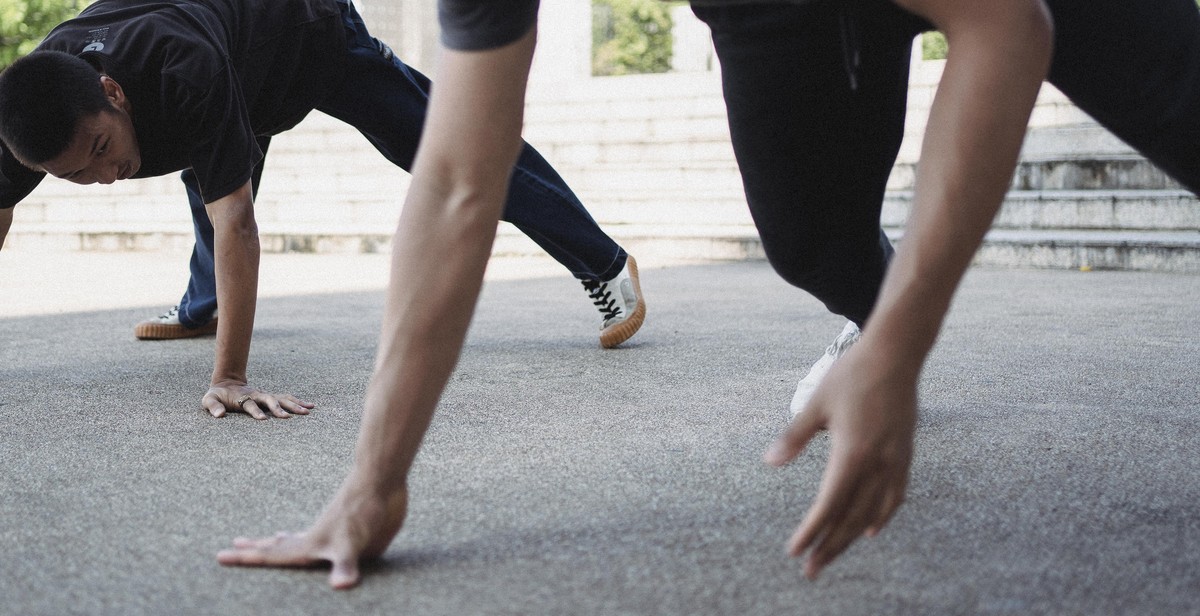
Tips for Developing an Effective Stretching Routine
Stretching is an essential part of any dancer or athlete’s routine. It helps prevent injuries, increase flexibility and range of motion, and improve performance. However, developing an effective stretching routine takes time and effort. Here are some tips to help you get started:
1. Set Realistic Goals
Before you start stretching, it’s important to set realistic goals. What do you want to achieve? Do you want to improve your flexibility, reduce muscle soreness, or prevent injuries? Once you have a clear idea of your goals, you can create a stretching routine that focuses on those areas.
2. Focus on Proper Form
Proper form is crucial when it comes to stretching. Make sure you’re using the correct technique for each stretch to avoid injury and maximize the benefits. If you’re not sure how to perform a stretch correctly, seek guidance from a coach or trainer.
3. Gradually Increase Intensity and Duration
Don’t push yourself too hard too soon. Start with gentle stretches and gradually increase the intensity and duration over time. This will help prevent injuries and ensure that you’re making progress towards your goals.
4. Listen to Your Body
Pay attention to how your body feels during and after stretching. If you experience pain or discomfort, stop and reassess your technique. It’s important to listen to your body and adjust your routine accordingly.
5. Seek Professional Guidance
If you’re new to stretching or unsure about how to develop an effective routine, consider seeking guidance from a professional. A coach, trainer, or physical therapist can help you create a customized stretching routine that’s tailored to your goals and needs.
By following these tips, you can develop an effective stretching routine that helps you achieve your goals and improve your performance as a dancer or athlete.
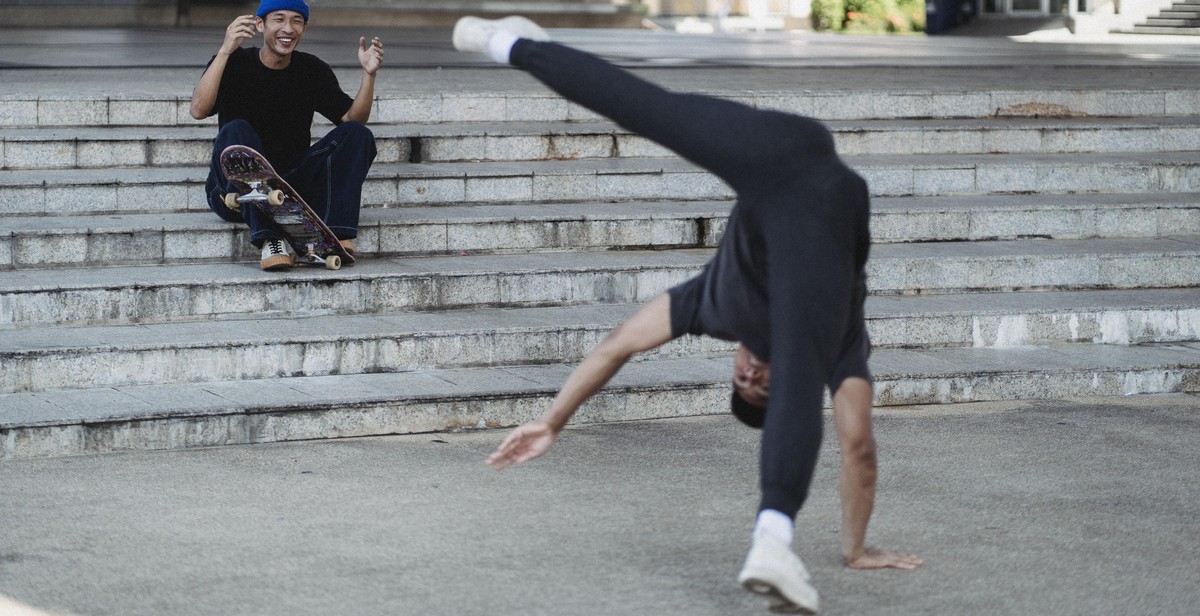
Conclusion
In conclusion, developing a stretching routine is crucial for dancers and athletes to prevent injuries and improve performance. By following the steps outlined in this article, you can create an effective stretching routine that caters to your individual needs and goals.
Key takeaways
- Always warm-up before stretching to prepare your muscles and prevent injury.
- Incorporate a variety of stretching techniques, including static, dynamic, and PNF stretches.
- Stretch all major muscle groups, with a focus on areas that are prone to tightness or injury.
- Hold each stretch for at least 30 seconds and repeat 2-3 times.
- Make stretching a regular part of your training routine, ideally after a workout or practice session.
Additional tips
Here are some additional tips to help you develop a stretching routine that works for you:
- Consult with a trainer, coach, or physical therapist to ensure you are using proper form and technique.
- Gradually increase the intensity and duration of your stretches over time, as your flexibility improves.
- Listen to your body and avoid overstretching or pushing yourself too hard, as this can lead to injury.
- Experiment with different stretches and techniques to find what works best for you.
| Remember: | Stretching is a key component of any dancer or athlete’s training regimen, and can help you improve your performance and prevent injuries. By following the tips and guidelines outlined in this article, you can develop a stretching routine that works for you and helps you achieve your goals. |
